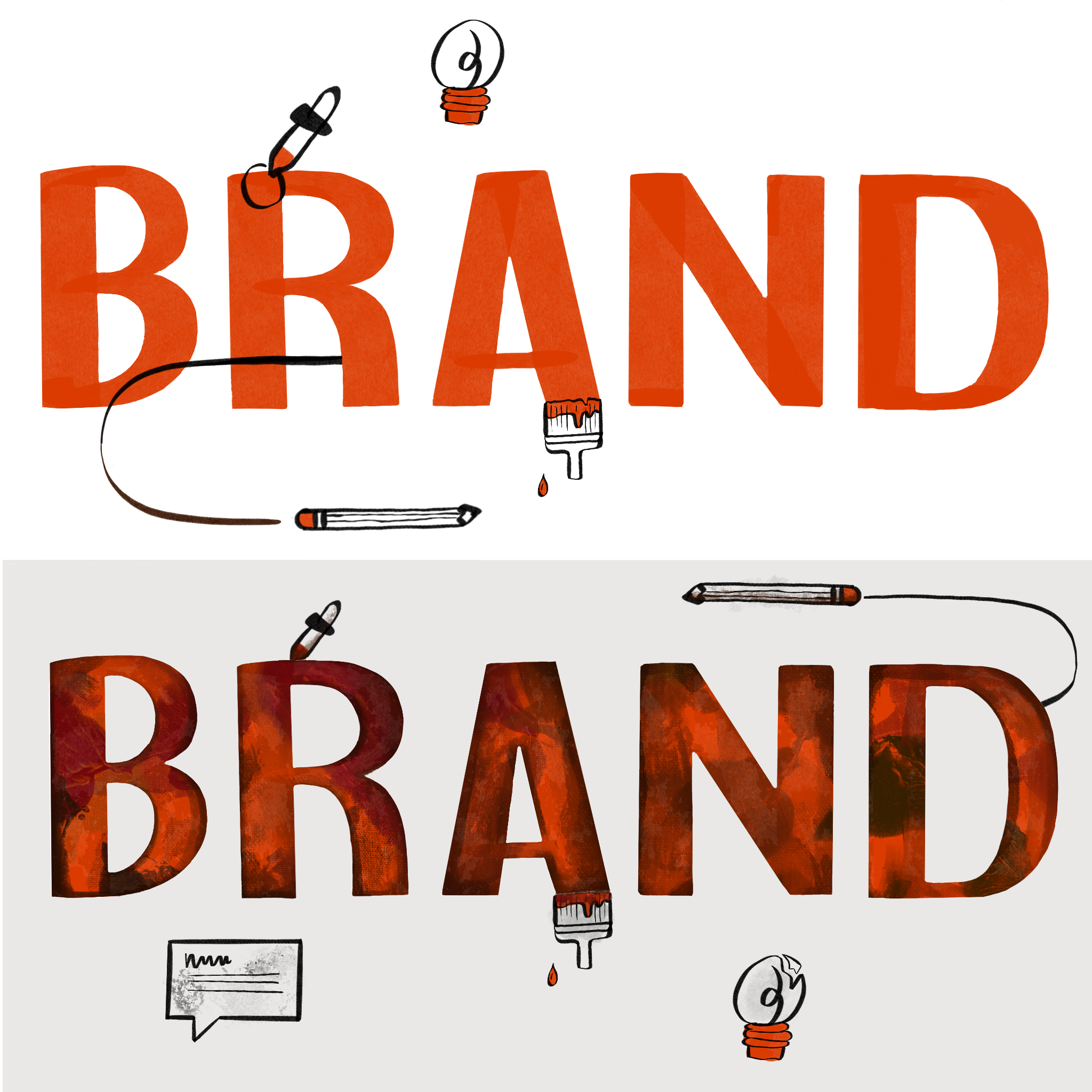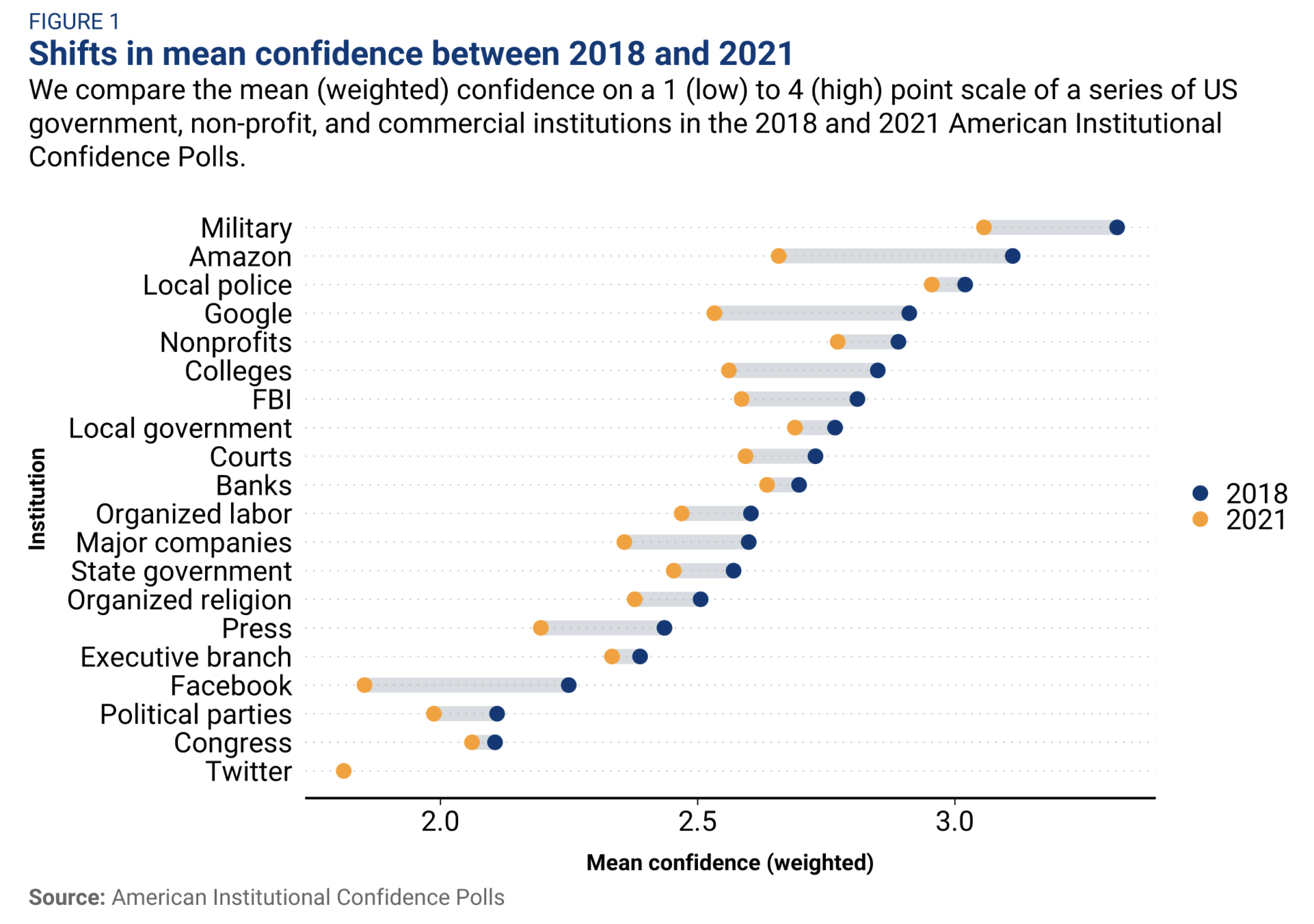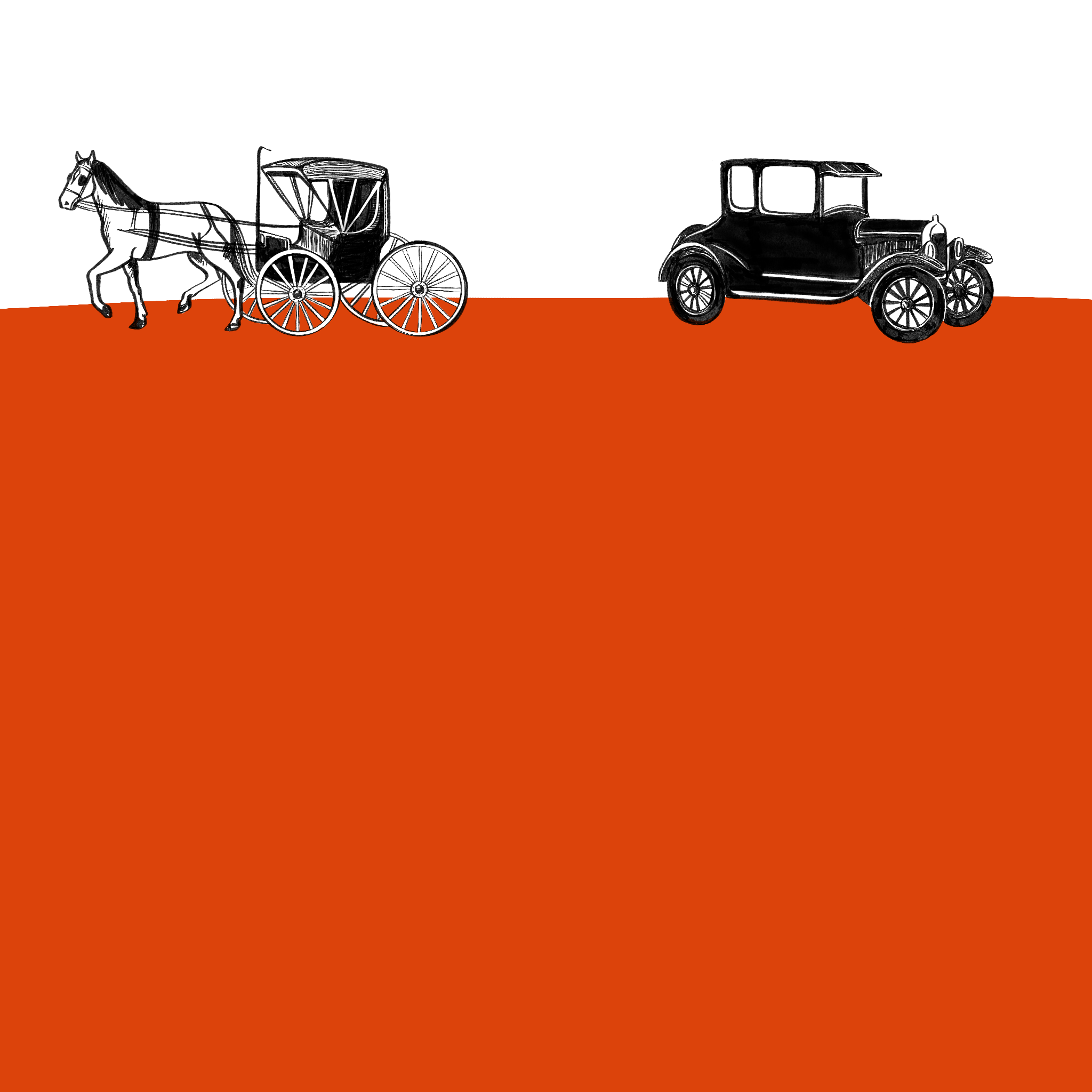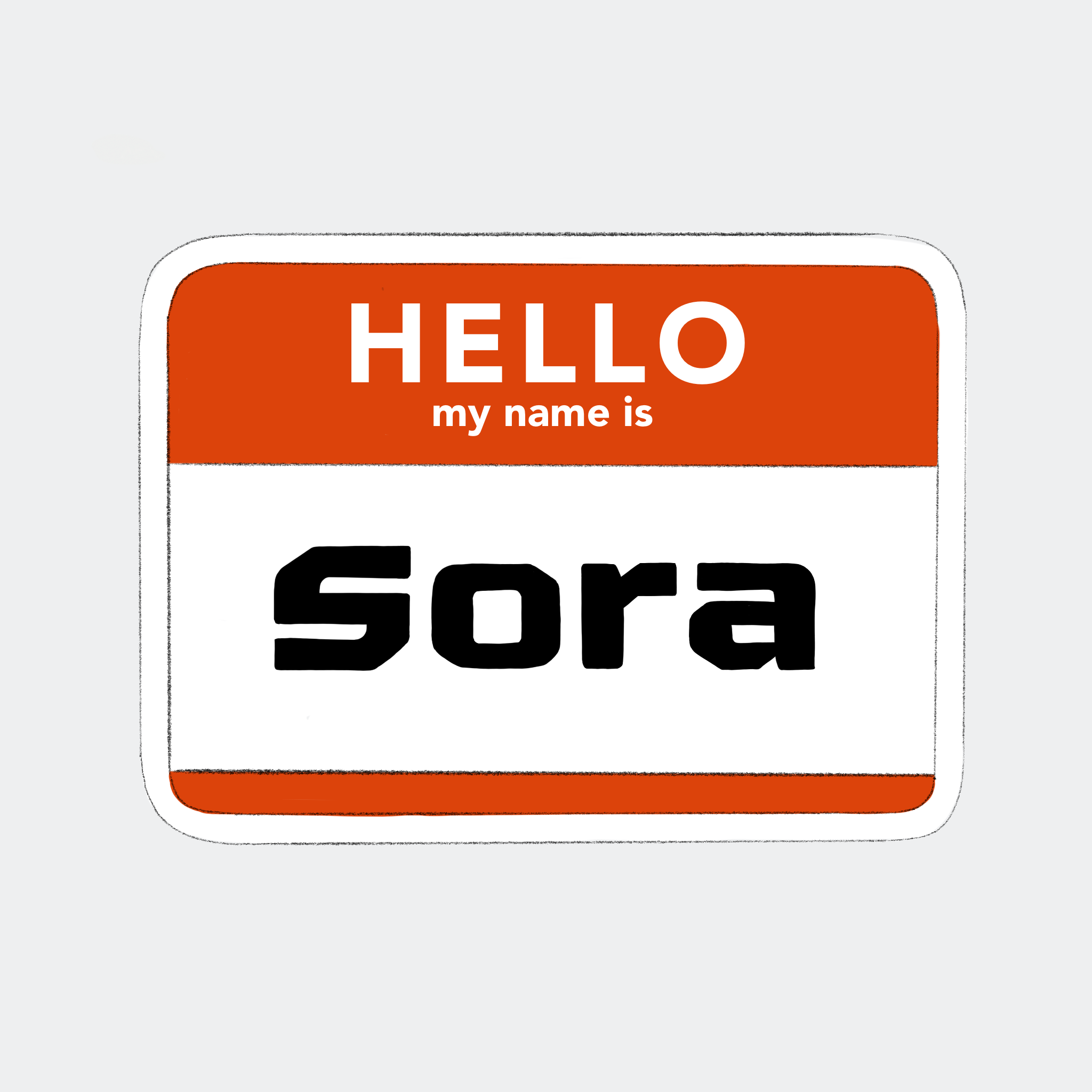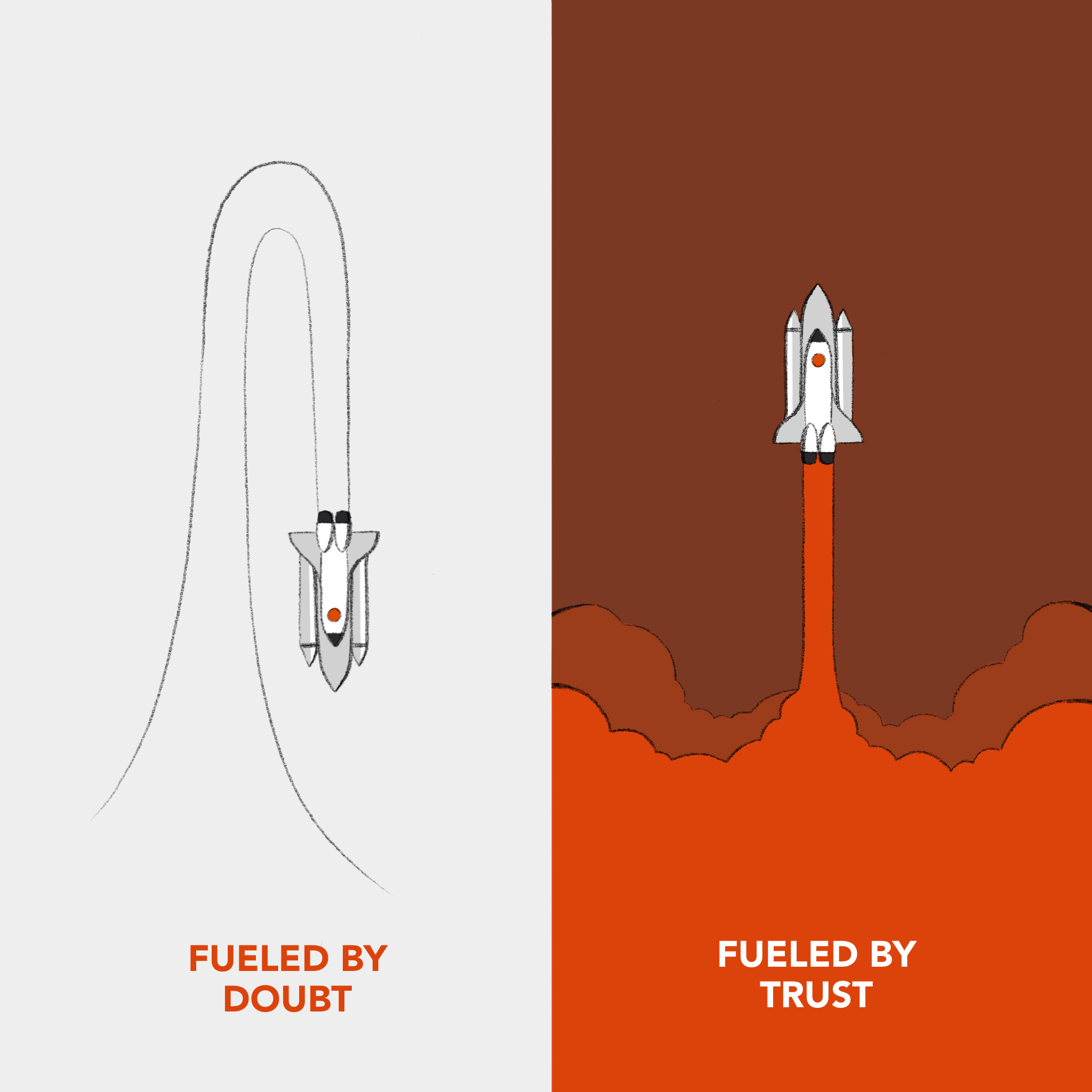Trust, SORA, and the Questionable Future of our Feeds
Most people in the Marketing world have seen and been blown-away with the work OpenAI has done with a new project called SORA. It’s a tool that makes video clips for you based on feeding it a few sentences. We don’t know how to feel. Is it incredible? Is it frightening? Is it unbelievable? Is it all of those things at the same time? And maybe one of the biggest questions Marketers have is…is it coming for my video department?
I don’t think the answer to those questions has anything to do with SORA’s technical abilities. I think the answer has to do with something that’s at the core of any great Brand: Trust. The question isn’t ‘is this technology incredible?’, it’s ‘can I trust what I’m looking at?’ Take it one layer deeper as it pertains to your Brand: ‘can I trust what your Brand is telling me is true…?’ Is that the question you want your audience to ask?
Brookings recently completed a 5-year study about consumer trust and how it’s shifted (dropped) for a number of different categories, namely tech Brands. Seth Godin framed it perfectly:
“Once you burn some trust, it’s almost impossible to earn it back. It took Harvard 400 years to become Harvard, Google about twenty to earn its position…Being the low-trust option is hardly a spot worth fighting for.”
Before we dive deep on trust, let’s go in a completely different direction for a minute and talk about…economics. Specifically, a theory known as Creative Destruction. When we ask ChatGPT (see what I did there…?) to summarize Creative Destruction, here’s what it says:
Creative Destruction is an economic theory introduced by Joseph Schumpeter in 1942, which posits that the creation of new products, technologies, and business models leads to the demise of older, less efficient ones. This process is both disruptive and beneficial, as it drives economic innovation and progress by phasing out outdated industries and practices, making room for new ones that add greater value to society.
Yep. I think we all know that, but we tend to forget that progress takes and gives at the same time. And almost always, the give is greater than the take. Let’s look at automobiles vs horse-and-buggies.
Destruction: The advent of the automobile in the late 19th and early 20th centuries marked a significant technological advancement, leading to the decline of the horse-and-buggy industry. This wasn’t just limited to the manufacturers of carriages and buggies but also affected adjacent sectors like harness making, stable operations, and the trade of horses for transport. Jobs and businesses entrenched in these areas faced obsolescence.
Creation: The rise of the automobile industry, however, catalyzed the creation of a vast array of new jobs and industries, many of which were more advanced and offered better economic prospects than those they replaced. These included:
Manufacturing Jobs: The production of automobiles required a larger, more skilled workforce, leading to the creation of millions of jobs in car manufacturing plants.
Ancillary Industries: The automobile revolution spurred the growth of numerous ancillary industries such as oil and gas, auto repair shops, road construction, and maintenance industries.
Service Sector Expansion: The need for automobile sales, leasing, insurance, and financing services grew, creating a substantial number of jobs in these areas.
Mobility and Economic Growth: Increased mobility facilitated by cars led to the expansion of suburban areas, the growth of the tourism industry, and enhanced logistics and distribution networks, contributing to overall economic growth.
Creative Destruction disrupts existing structures but also paves the way for new opportunities and advancements that ultimately benefit society at large. This is an absolutely amazing process.
So is OpenAI’s SORA coming for our video production and editing jobs? Again…it’s a tool. Yes, it will remove jobs. But just like the automobile, it’ll end up creating more jobs because the tool saves us time. In all likelihood, video producers and editors will save time and allow them to be more productive, not actually remove their jobs from the marketplace.
Now…let’s get back to that thing we were talking about earlier. Trust.
Trust is one of the primary decision-makers in the buyer’s journey, it impacts a consumers’ willingness to pay a premium, it affects whether or not they will make a repeat purchase or refer your Brand to others. Want to find the quickest way to destroy your Brand? Just break your audience’s trust. It’s that easy.
The question isn’t about AI taking video production and editing jobs. The question is ‘will AI-generated video jeopardize the trust of your audience?’ And the answer is obvious: yes. But it’s not that simple. This is purely future-looking, so let’s take this with a heaping pile of salt. I imagine two macro-scenarios where audience’s stop trusting what they see.
If a Brand creates and publishes content that is not real, yet promotes it as if it were authentic, it will create a seed of doubt within the audience and it will not know what the Brand says is fact or fiction.
If everyone creates and publishes content that is not real, yet promotes is as if were authentic, the majority of people won’t trust anything they see going forward.
The first scenario is the one I see playing itself out after SORA is released to the general public. Brands will leap without looking and end up tarnishing their reputations by being disingenuous. The second scenario is the one I’m ultimately concerned about. If you can’t believe what you’re seeing from anyone…who and what can you trust?
TL;DR: SORA isn’t coming for our video production departments. It’s coming for your audience’s trust in your Brand.

